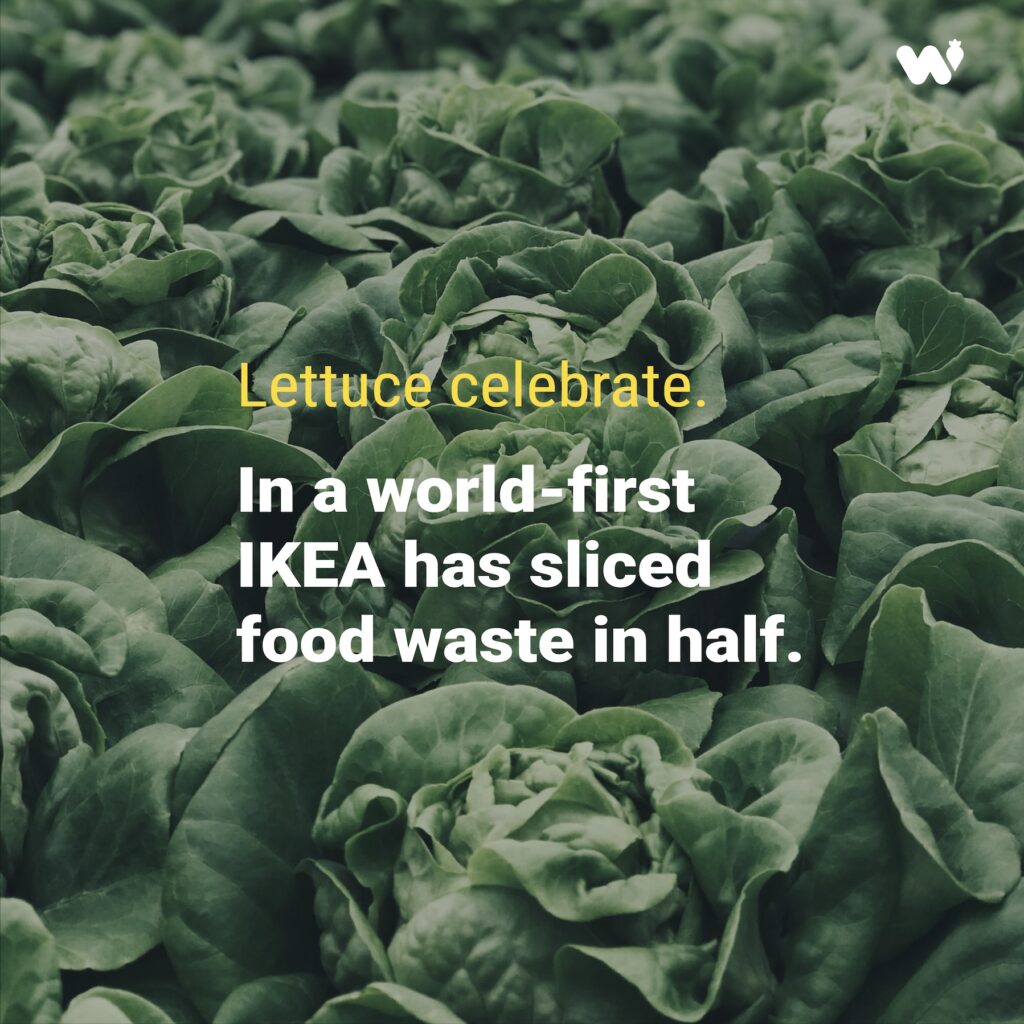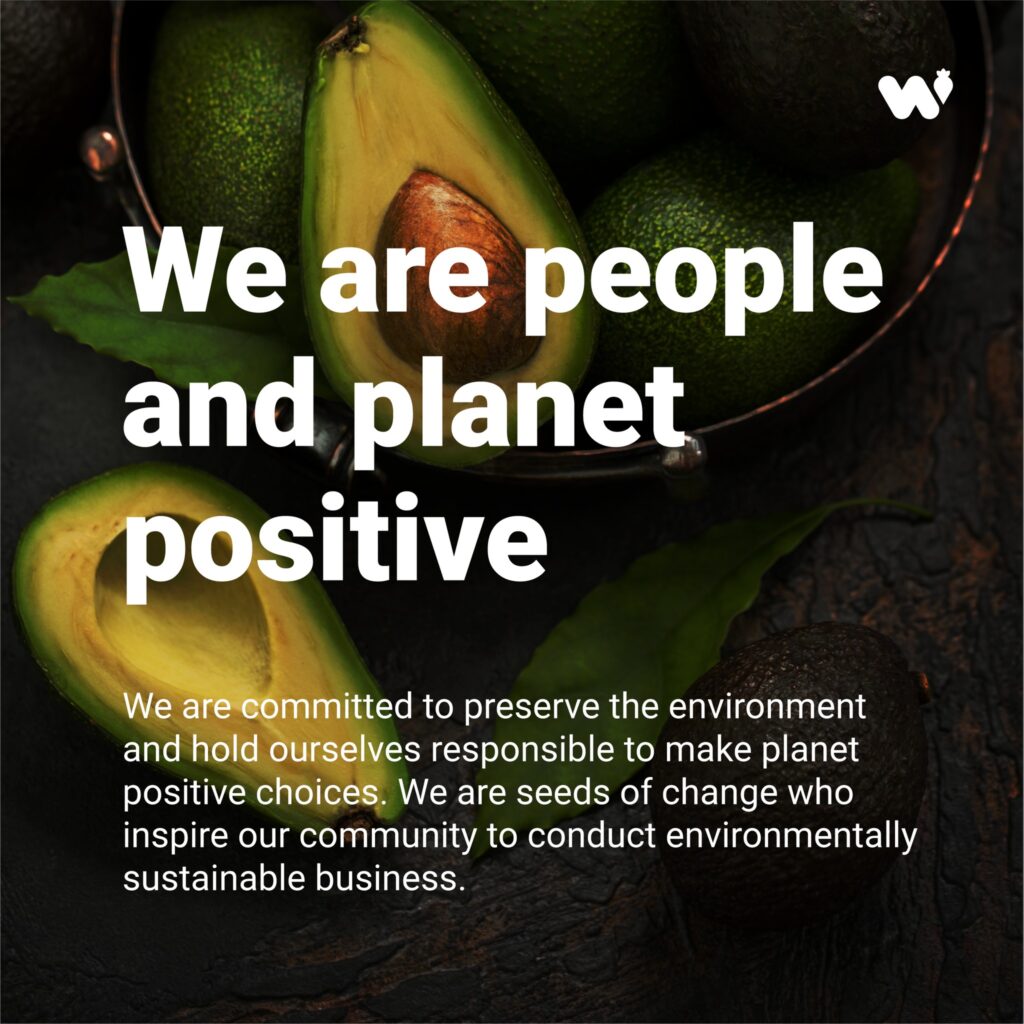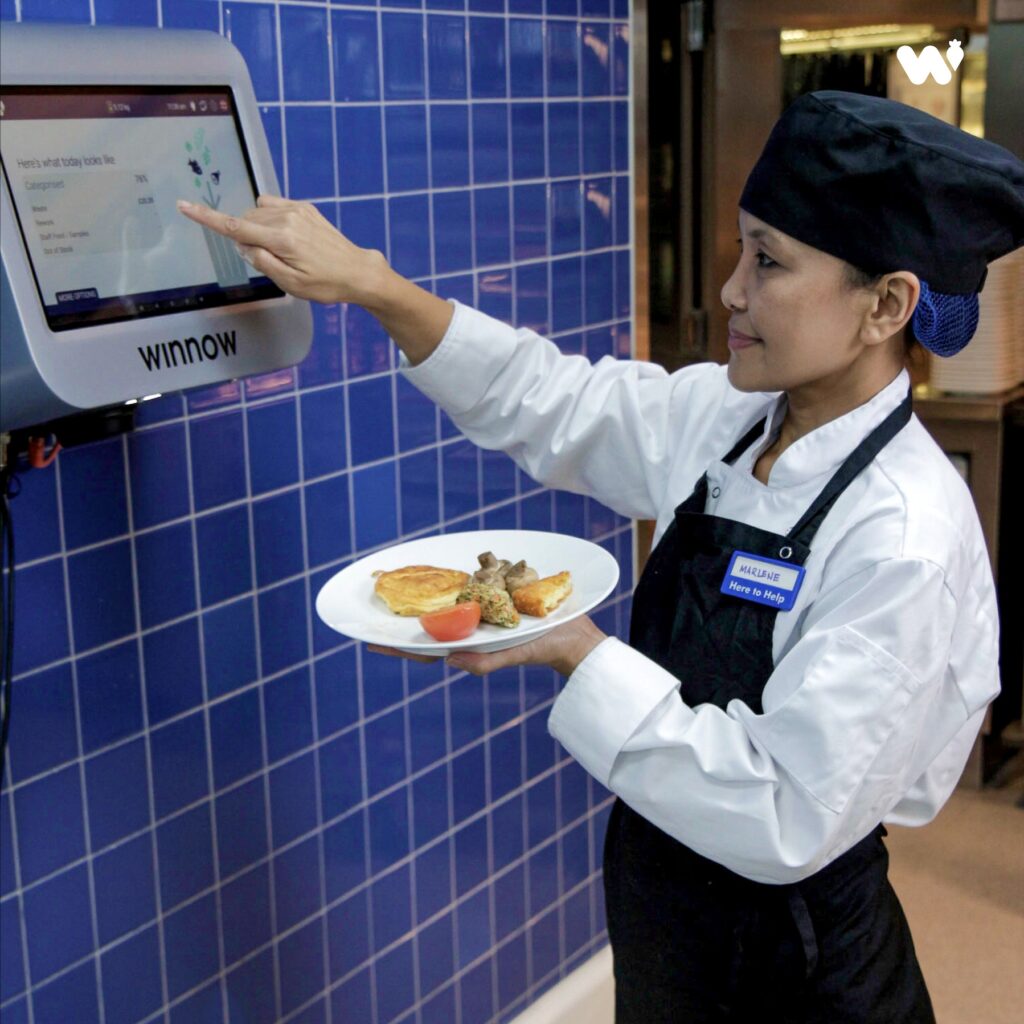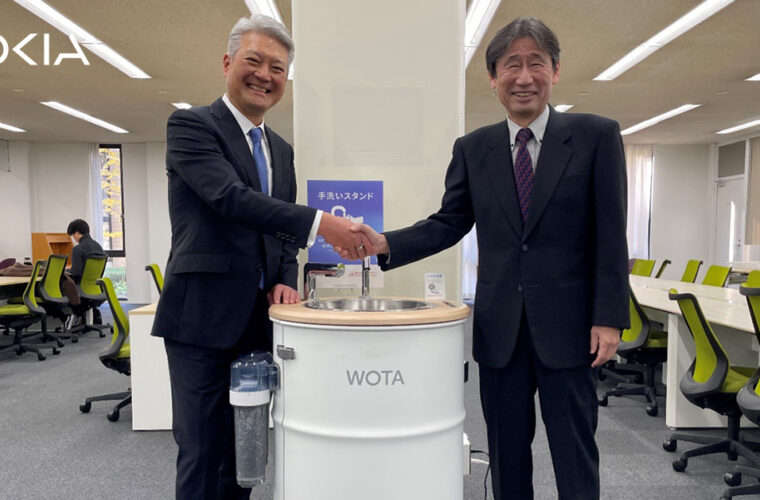In a world where technology is increasingly integrated into every aspect of our lives, artificial intelligence (AI) is now being used to address one of the most pervasive and overlooked issues of our time: food waste. A staggering one-third of all food produced in the United States goes uneaten. Globally, food waste contributes 8% to 10% of greenhouse gas emissions, comparable to the emissions from the aviation and shipping industries combined. This represents a monumental environmental crisis and a significant economic loss—companies like Winnow and Afresh are leveraging AI to turn the tide on food waste.
How AI monitors food waste
Winnow, a company at the forefront of this technological revolution, has developed AI tools that monitor food waste in commercial kitchens. By installing cameras above trash bins, Winnow’s system captures images of discarded food. These images are analyzed by an algorithm capable of distinguishing between a half-pan of lasagna and a banana peel. This allows kitchens to identify patterns in waste and make informed decisions to reduce it. For example, a group of Hilton Hotels discovered that their breakfast pastries were too large, leading to significant waste.
This innovative approach is not limited to the hospitality industry. Supermarkets are also adopting AI to tackle waste. Afresh uses AI to analyze years of sales data, helping stores understand buying patterns and adjust their stock accordingly. This means supermarkets can stock just the right amount of fresh produce, reducing the likelihood of unsold items in the trash.
The environmental and economic toll
The environmental impact of food waste is profound. When food is discarded and ends up in landfills, it decomposes and emits methane, a potent greenhouse gas. The U.N. Environment Program reported that in 2022, 1 billion metric tons of food went to waste. Reducing food waste is therefore critical not just for environmental sustainability but also for economic efficiency. The hospitality industry alone loses over $100 billion annually due to food waste, with kitchens wasting up to 20% of the food they purchase.
Technological solutions
Winnow’s technology aims to bridge the gap between food preparation and waste management. Their mission is to connect commercial kitchens, inspire chefs to value food more highly and use technology to transform kitchen operations. The Winnow Vision tool, an AI-enabled system, automatically tracks food waste by taking photos as food is thrown away, training itself to recognize and record different types of waste. This data-driven approach helps chefs make more informed decisions, reducing waste and costs.
Afresh, on the other hand, focuses on the retail sector. Their AI tool analyses extensive sales data and provides insights into consumer buying patterns and product spoilage rates. This allows supermarkets to stock their shelves more efficiently, ensuring that the right quantities of fresh produce are available at the right times. For instance, during Easter, Afresh’s AI can predict increased demand for eggs and associated products like bell peppers, helping stores manage their inventory more precisely.
Progress and challenges
Despite the promising advancements, AI itself is not without environmental costs. The massive data processing required for AI operations consumes significant electricity, contributing to its ecological footprint. Additionally, while AI can provide data and recommendations, it cannot change ingrained human habits and expectations, such as the demand for year-round availability of fresh produce.
However, there are signs of progress. In the Western United States and Canada, eight supermarket chains participating in the Pacific Coast Food Waste Commitment project have reported a 25% reduction in unsold food between 2019 and 2022. These supermarkets have also increased charity donations and directed more waste to composting facilities instead of landfills.



Food waste: the path forward
The fight against food disposal requires a multifaceted approach. AI technologies like those developed by Winnow and Afresh represent significant strides in addressing this issue. Providing precise data and actionable insights, these tools help businesses make more informed decisions, reduce waste, and save costs.
However, achieving substantial reductions in food waste will require widespread adoption of these technologies and a cultural shift in how we value food. The national goal to cut food waste in half by 2030 is ambitious but achievable with the right combination of technology, policy, and consumer awareness. As AI continues to evolve, its role in the food industry will likely expand, offering new solutions to one of our most pressing environmental and economic challenges.
AI’s integration into the fight against food waste showcases the transformative potential of technology in addressing global issues. Companies like Winnow and Afresh are leading the way, demonstrating that significant progress can be made with the right tools and data. By rethinking how we produce, purchase, and dispose of food, we can reduce waste, save money, and protect our planet. In the end, the value of food extends far beyond its price tag, and recognizing this is the first step towards a more sustainable future.



